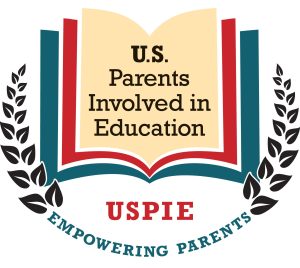
Standardized testing has a long history in education in the United States. Since the 1980s, lawmakers have worried that the declining academic performance of American students threatens the United States.. These fears have prompted the federal government to implement an increasingly intrusive set of policies intended to boost academic achievement.
Presidents Bill Clinton and George W. Bush attempted to lessen the concerns about public education through promoting statewide standards and assessments that all children should achieve. Clinton offered model standards that states could voluntarily adopt, since enforcing national standards was unconstitutional. Bush took it further by tying federal sanctions to the performance of schools and districts on statewide tests.
By now, most states have chosen not to use the PARCC (Partnership for the Assessment of Readiness for College and Career) and Smarter Balanced (SBAC) assessments, which were designed after the Common Core State Standards Initiative. In 2010, the PARCC and SBAC consortia reported having 26 and 32 member states, respectively, representing diverse political environments. Only Alaska, Minnesota, Nebraska, Texas, and Virginia declined to join by the end of that year. Alaska, whose state standards were closely aligned with the Common Core, affiliated with SBAC in 2013. Minnesota adopted only the English language arts standards and so did not join a consortium. Nebraska, Texas, and Virginia supposedly never adopted Common Core or affiliated with a consortium.
The states remaining in Smarter Balanced are: California, Connecticut, Delaware, Hawaii, Idaho, Maine, Michigan, Montana, Nevada, New Hampshire, North Dakota, Oregon, South Dakota, Vermont, Washington, West Virginia, and Wisconsin.
Iowa, North Carolina, and Wyoming are affiliate members. Previously, it had 30 members. Member states can associate with one or both consortia, without committing to using either test.
PARCC has suffered heavy loss of membership: As of March 2019, the three active PARCC members are the District of Columbia, Louisiana (hybrid, and grades 3-8 only), and Massachusetts (hybrid, and grades 3-8 only).PARCC assessments are also used by the federal Bureau of Indian Education, and the Department of Defense Education Activity.
Five Things every parent, educator, and legislator should know about high-stakes, standardized testing
- These tests were rolled out having never been field tested and the results have been disastrous. Computer Adaptive Testing- was previously never been tried in the history of the US on such a large scale at the elementary level. Validation requires the test developer to show that the test actually measures what it claims to measure. This has never been demonstrated to anyone’s satisfaction.
- These tests don’t tell us where we can improve. Many assessments such as classroom and performance tests have diagnostic and instructional value but high-stakes standardized tests have no such value. Teachers and students are barred from seeing the direct results of the tests to discover what went wrong.
- The tests distort what and how teachers teach. What gets measured is what gets done, and not much else gets done. The tests cut out instruction in subjects not tested, yet some states have wanted teacher evaluations will eventually be tied to these tests.
- The tests have shown no positive results. After more than a decade of standards and testing accountability efforts there has been virtually no increase in achievement outcomes.
- The tests are incredibly costly in both time and money.

Here are some fabulous guides about Opting Out of testing in Florida:
United States Parents Involved in Education (USPIE) is a nonprofit, nationwide coalition of state leaders focused on returning control of education to parents and local communities by eradicating federal intrusion.
